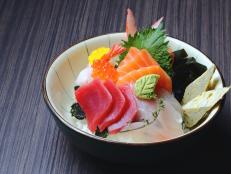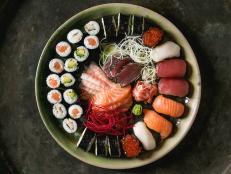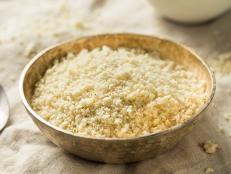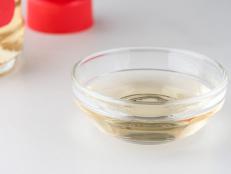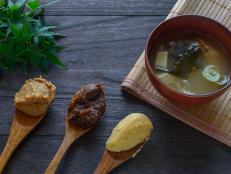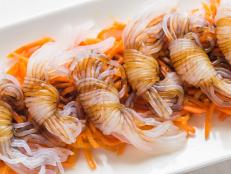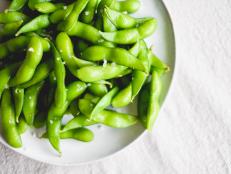What Is Furikake?
And what’s the difference between furikake and shichimi togarashi?

imagenavi/Getty Images
By Layla Khoury-Hanold for Food Network Kitchen
Layla Khoury-Hanold is a contributor at Food Network.
Perhaps you’ve seen furikake sprinkled over rice at Japanese restaurants but didn’t know the seaweed-and-sesame-seed mixture by name. Pascale Yamashita, a recipe developer, food stylist, food photographer and avid food lover based in Japan, is here to help you learn more about this staple seasoning.

Krit of Studio OMG/Getty Images
What Is Furikake?
Furikake is a savory Japanese seasoning blend that typically contains dried fish (or other protein), sesame seeds, dried seaweed flakes, sugar and soy sauce. Furikake means “to sprinkle” in Japanese; in Japan, furikake is regarded as seasoning that’s sprinkled over rice or used to flavor rice for onigiri, Japanese rice balls (pictured above).
“Furikake usually consists of one kind of protein (fish/pork/egg/beef/chicken) that is cooked, dehydrated and finely ground, seasoned with soy sauce and sweetener, then mixed with seaweed and sesame seeds,” Yamashita says. “In recent years, furikake can also include dried pickled vegetables, freeze dried foods and semi-dried ingredients.”
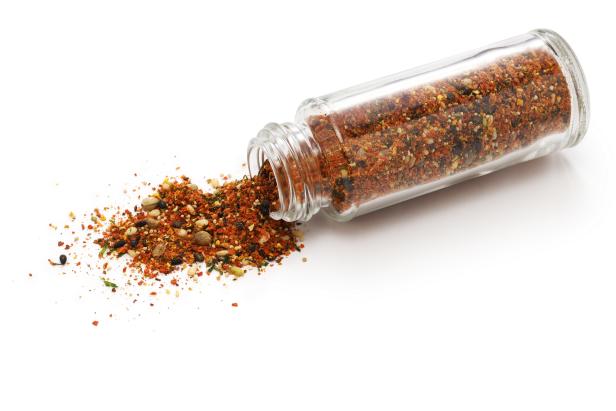
bonchan/Getty Images
Furikake vs. Shichimi Togarashi
Furikake and shichimi togarashi are both Japanese seasonings but they are made with different ingredients and used for different dishes. Shichimi togarashi (pictured above) literally translates to “seven tastes chili” and as such, it has a spicy kick. Shichimi togarashi contains Japanese red chili, Japanese sansho pepper, as well as black sesame seeds, hemp seeds, poppy seeds and green algae seaweed flakes. In Japan, shichimi togarashi is more often referred to simply as shichimi.
Whereas furikake is typically added to rice or onigiri, Yamashita shares that shichimi is not used on rice. “It is usually enjoyed with soup noodles, such as soba, and even miso soup,” she says. She also shares that shichimi is one of the few spicy ingredients in Japanese cuisine that is derived from chilis.
Types of Furikake
Yamashita says that Japanese companies have gotten creative with furikake. In addition to traditional flavors, she says, “You can find kimchi, curry, extra spicy, tomato based, Mexican flavor, Spanish flavor and many more kinds of furikake on Japanese supermarket shelves.” Regardless of flavor, furikake is still intended to be sprinkled over rice.
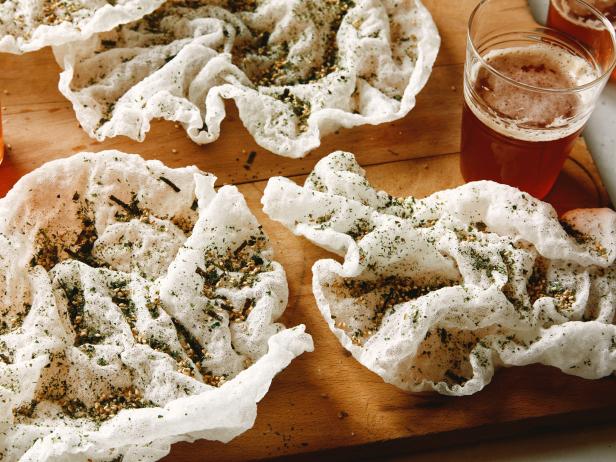
Teri Lyn Fisher
How to Use Furikake
In Japan, furikake is used to sprinkle on rice or to flavor onigiri. Yamashita says that it is not used in cooking or even to finish dishes. “In Japan, it is considered as rice sprinkler to add some fun and taste to rice, especially when there are not enough side dishes to enjoy with rice, or when one wants to eat quickly, as eating rice alone would be too bland.” She adds that in Japan, furikake is “considered a busy man’s or quick meal helper that is close to instant food.” Outside of Japan, you may see furikake sprinkled on poke, a Hawaiian dish of diced, raw fish.
You can experiment with furikake at home by sprinkling it anywhere you’d like to add a savory, nutty flavor or a pop of chewy-crunchy texture. Try adding furikake to ramen, grain bowls, roasted vegetables, pan-seared fish or even sprinkled on popcorn. For a quick and easy crunchy snack, try making Fried Rice Paper with Furikake (pictured above), which are generously sprinkled with furikake.
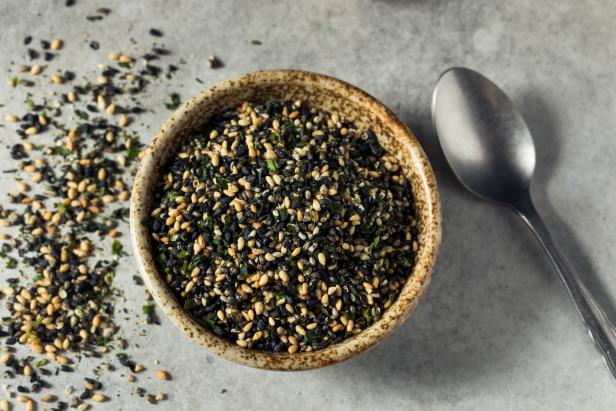
bhofack2/Getty Images
How Do You Make Furikake?
Here, Yamashita shares a recipe to make a very simple version of furikake.
Ingredients for Furikake
- 3 tablespoons soy sauce
- 2 tablespoons mirin
- 2 tablespoons sake
- 2 tablespoons sugar
- 45g (1.6 ounces) bonito flakes*
- 2 teaspoons sesame seeds (either black or white)
- 1 teaspoon finely cut seaweed or seaweed flakes
How to Make Furikake, Step-by-Step
- Heat liquids and sugar: Add soy sauce, mirin, sake and sugar to a frying pan and warm over low heat.
- Saute mixture with bonito flakes: Once the sugar has melted, add bonito flakes and gently saute, stirring frequently, until all the moisture is cooked out.
- Add sesame seeds and seaweed flakes: Add sesame seeds and seaweed to the cooked mixture and gently stir to combine.
Note: Yamashita recommends purchasing fine bonito flakes packed in small individual pouches. Avoid large bonito flakes (typically packaged in bigger bags) as the larger bonito flakes will bind while cooking and won’t sprinkle well.
How to Store Furikake
- For homemade furikake: transfer the cooled mixture to a lidded glass jar or an air-tight container and store it in the refrigerator to prevent moisture from getting in.
- For store-bought furikake: once you’ve opened a package, re-seal it or close the package tightly, then store out of direct sunlight or in the refrigerator.
Related Articles:

























